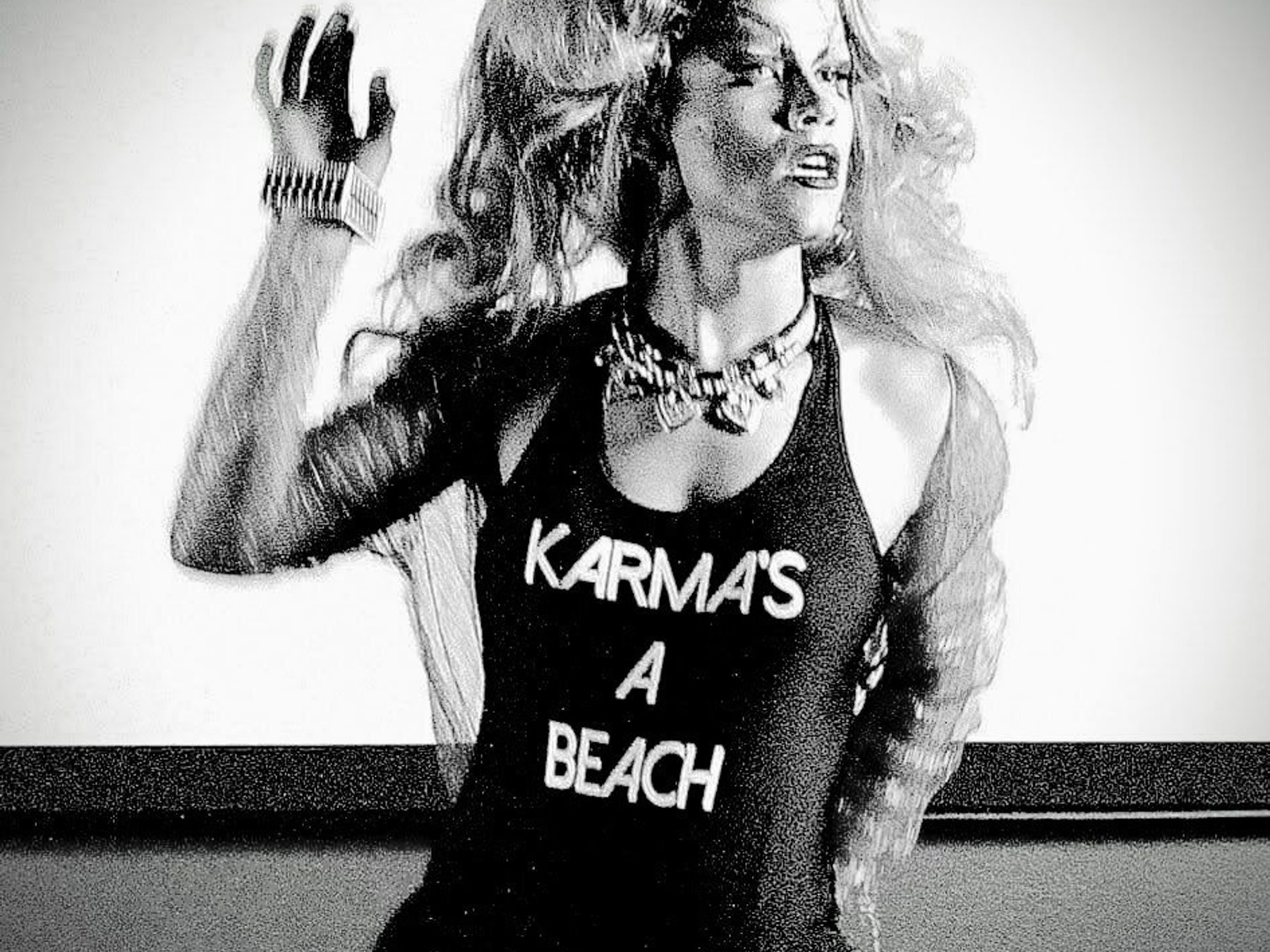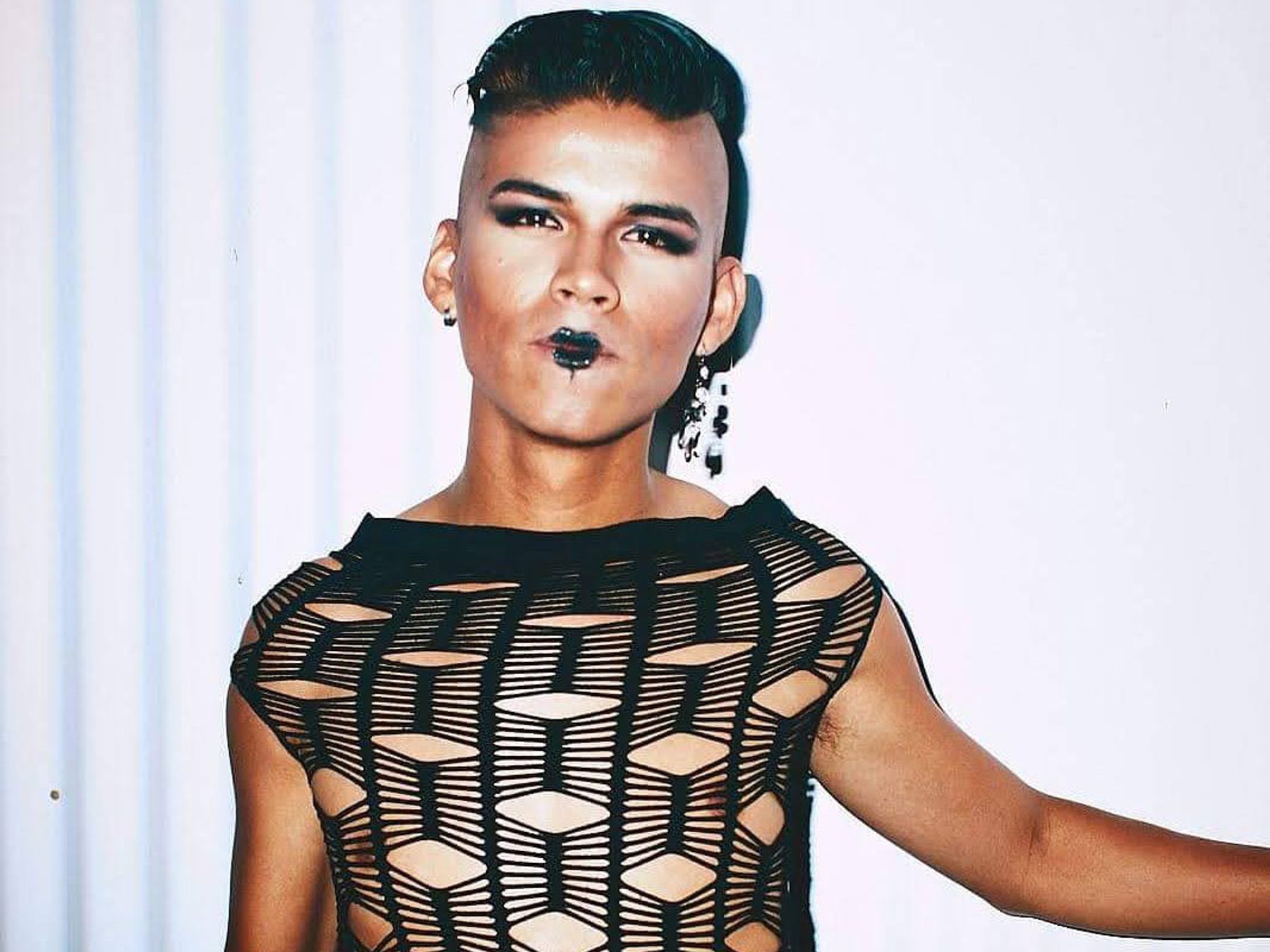Alumni Spotlight: Brian Garcia (Interarts Performance BFA '16)
Interarts Performance Alum Brian Garcia is a firm believer in the power of cross-disciplinary work to create positive community change.
Currently serving as a Grants Coordinator and Bilingual Specialist for Mecklenburg County in Charlotte, NC, Garcia coordinates non-traditional HIV/STD testing for Spanish-speaking, black, trans, and MSM communities. He also devises innovative ways to conduct testing in university settings — and testing for incarcerated, substance use recovery, and housing-insecure individuals. Garcia began his career path with AmeriCorps, coordinating mental health first aid, communications, and outreach.
Named a U‑M Student of the Year during his first year in college, Garcia laid a strong foundation for this work through engaged creative practice opportunities at U‑M, including workshop facilitation as part of the Prison Creative Arts Project, founding membership of the student organization Stamps in Color, and peer mentorship through Assisting Latinos to Maximize Achievement (ALMA).
Garcia maintains a strong creative practice as well, with performances featured at the John F. Kennedy Center for the Performing Arts in New York City and Links Hall in Chicago. He has conducted community arts projects with Brouhaha International — a carnival-based company in Liverpool, England — as well as with UDESC & UniRio of Florianópolis & Rio de Janeiro, Brazil. His written work has been published in Label Me Latina/o, a journal of twenty-first-century latino literary productions.
This short Q&A explores Garcia’s undergraduate experience in the Interarts Performance program at U‑M, his career path, and advice for aspiring artists.

Your work leverages skill sets from such a wide variety of areas. Tell me more about your vision for what cross-disciplinary work can achieve.
Diversity of thought provides a fruitful scaffolding for any given project whether in healthcare, design or social programming. As a person trained in design principles, I believe individual decisions levied on any body of ideas to be as important as the outcome of the process. Throughout my undergraduate years, it was not surprising to encounter students tackling problems at Stamps that were often being addressed similarly with different insights and resources in the School of Engineering and further within the humanities. Through organizations like Living Arts, Stamps in Color and the Coalition for Queer People of Color I chose to explore topics of race and gender during my undergraduate years. A difference in incentives, experience with social institutions and jargon often made dialogues between academic fields marginally revealing or fall apart early in the process. Post graduation, my work in healthcare further highlighted obstacles due to turf wars by large organizations, silos of specialties, difference in compensation and proximity to poverty. Yet, interdisciplinary and collaborative work continues to have the greatest effect at any organization whether measured by bottom line or social accountability. My ultimate objective with working across disciplines is a direct intentional approach to influence equity, reduce barriers of access, increase representation and decrease the cost these separations have on our most vulnerable.
You have a deeply meaningful career in public health and a thriving creative practice. What tips do you have for creating space for both facets of your professional life?
As any artist knows, creative expression exists beyond white walls, grant funding and exhibitions. Holly Hughes and the many feminist scholars I met and read about during my time at U‑M helped me understand and embody a life where the personal is political despite where life may take me. Unfortunately, this perspective continues to be hard to find in the suit and tie corporate offices of healthcare so dawning my best boy drag I’ve stepped into spaces where all aspects of my work are not completely understood or appreciated. Developing the vocabulary to share these parts of myself takes time and I have found that it is easy to lose authenticity in the process — during my work code-switching of sorts. I would advise developing a list of values and derive aspirations that are separate from professional accomplishments. Cultivate a network of friends and peers that value, celebrate and remind you of who you are, what goals you set out to accomplish and who will give you perspective when you are compromising to fit in.
What are you currently working on?
Currently working on my Bachelor of Science in Nursing. I would love to travel as a nurse for a few years and gain clinical insight into mental health care around the US and Canada. Eventually, my dream would be to take my learnings from the arts and develop innovative mental health interventions as a Nurse Practitioner.
How would you describe your experience as part of the Interarts Performance program? What lessons continue to serve you well in your career and your creative practice?
In all of its unique, rebellious ways, the Interarts Performance program shaped my understanding of the world beyond performance making. This is a program that emphasizes individual creative expression through deep personal relationships and self discipline. Understanding that art-making does not solely happen in galleries and residencies, this program developed my ability to establish a career outside of defined paths or institutions. In my current work with public health, I have been able to utilize storytelling, visual design and cross-disciplinary research to develop happenings that strengthen bonds within my communities and connect people to support services.

What advice do you have for students as they explore performance within their creative practice?
As a creative person, you will likely be placing many personal aspects of yourself in the hands of others throughout your practice. Many visiting artists in my undergraduate years emphasized the importance of centering mental health through performance but the distinction between personal therapy and creative practice was often difficult to define. I believe mental health hygiene should be an integral component to any young person’s curricula, especially those engaging in the creative arts. Often we are asked to dive deep into ourselves without much of an understanding of our own boundaries, where to look for help and how to practice healthy coping. Focus on developing these skills outside of art, support networks and professional therapy if possible during your undergraduate years. There are many resources to do this while at U‑M including CAPS that offers free professional counseling — some of which saved my life more than once. Most importantly, remember that you are not alone.


